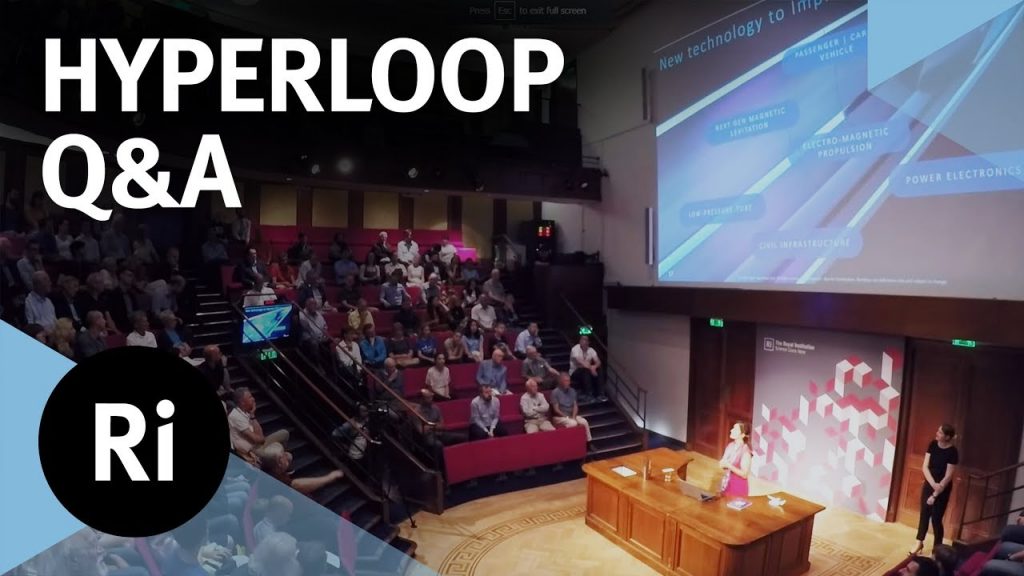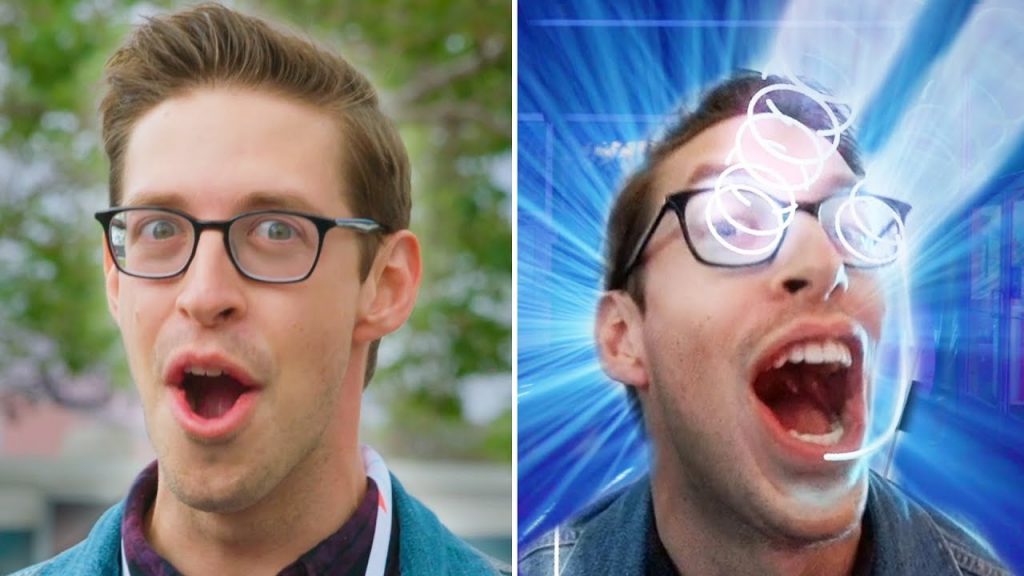Q&A: Hyperloop and the Future of Transport Technology – with Anita Sengupta

How is the pressure difference overcome when getting people onto the Hyperloop carriages?
Why are other infrastructure projects not considering using the same technologies? antia Snegupta answers audience questions following her talk.
Dr Anita Sengupta is a rocket scientist and aerospace engineer who for over 20 years has been developing technologies that have enabled the exploration of Mars, Asteroids, and Deep Space. She started her career working on the Delta IV launch vehicle at Boeing Space Systems. Her doctoral research at NASA focused on the development of the ion engine technology that powered the Dawn spacecraft to reach Vesta and Ceres in the main asteroid belt. She was then responsible for the supersonic parachute system that was integral to the landing of NASA’s Curiosity Rover on Mars in 2012.
As our world continues to develop new and innovative means of travel and transportation, the Hyperloop stands out as one of the most promising technologies on the horizon. Though still in its early stages, the Hyperloop has the potential to drastically change the way we move people and goods from place to place.
In a recent Q&A with Anita Sengupta, a former NASA engineer and current member of Virgin Hyperloop’s leadership team, we gained insights into the technology behind the Hyperloop and its potential impact on the future of transportation.
One of the key advantages of the Hyperloop, according to Sengupta, is its speed. Currently, the fastest form of commercial travel is air travel, which can reach speeds of around 600 miles per hour. However, the Hyperloop is capable of reaching speeds of up to 760 miles per hour, allowing passengers to travel great distances in a fraction of the time it would take by other means of transportation.
Another noteworthy feature of the Hyperloop is its efficiency. Unlike airplanes, which require long runways and consume large amounts of fuel, the Hyperloop is powered by electricity and can be constructed with minimal environmental impact. Additionally, the system’s use of electromagnetic levitation technology ensures a smooth and quiet ride, reducing noise pollution for those who live near the track.
Another topic covered in the Q&A was the future of transportation in general. Sengupta noted that while improving individual transportation options is important, we must also invest in the development of sustainable and efficient mass transit systems. The Hyperloop, with its high speed and low environmental impact, is one such option.
However, Sengupta acknowledges that there are challenges to developing the Hyperloop, such as regulatory and safety concerns. She emphasizes that a collaborative effort between industry and government will be crucial to ensuring the technology’s success.
Overall, the Hyperloop is a promising technology that could revolutionize the way we travel, making it more efficient and environmentally friendly. However, it is clear that further investment and research are necessary in order to make this vision a reality. As Sengupta notes, “We need to be bold, we need to take risks, and we need to innovate.” Hopefully, the Hyperloop can help us do just that.









5 NEW Inventions 2019 | That Will Blow Your Mind
10 OF THE COOLEST MEANS OF TRANSPORT
New Medical Technology In 2019
10 Mastermind Hackers That Outplayed Everyone (even NASA)
This Man Launched a New Internet Service Provider from His Garage | Freethink DIY Science